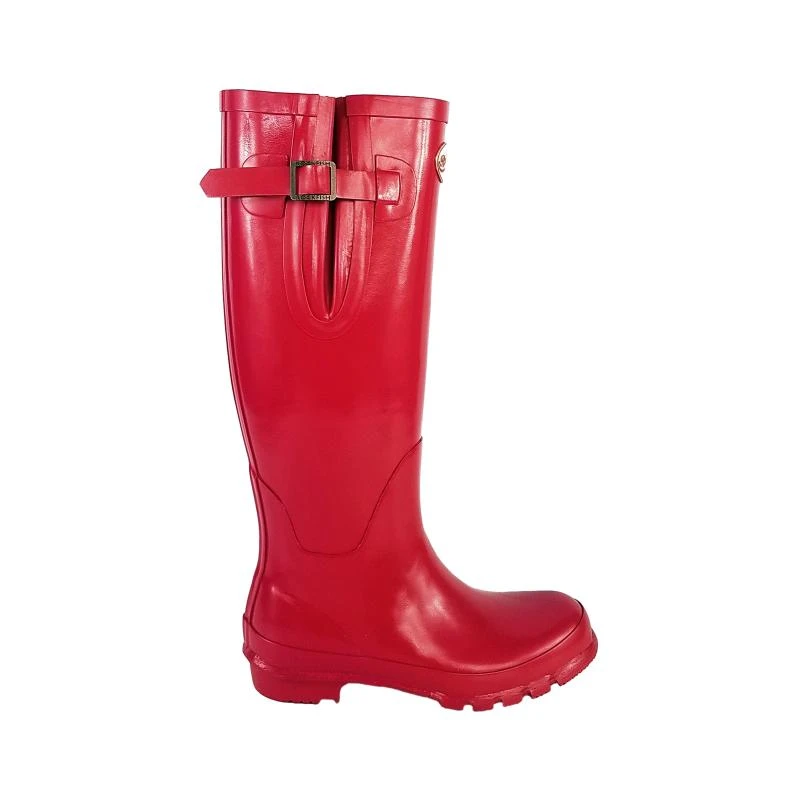What Are Good Rain Boots?
When the rain starts pouring and the skies turn grey, there’s one essential item every person should have in their wardrobe a good pair of rain boots. These boots not only protect your feet from getting wet but also ensure comfort and style during inclement weather. Whether you are running errands, walking the dog, or trekking through a muddy field, having the right pair of rain boots can make all the difference. But what exactly qualifies a pair of rain boots as good? Here are some key factors to consider when selecting the perfect pair to add to your rainy-day arsenal.
1. Material Matters
The first aspect to consider is the material of the rain boots. Most rain boots are made from rubber or synthetic materials, which are effective in keeping your feet dry. Look for boots made from high-quality rubber that can withstand wet conditions without cracking or leaking. Additionally, some boots are lined with materials such as neoprene or fleece for added warmth during colder rainy days. A well-constructed boot will have seamless construction to prevent any leaks.
2. Fit and Comfort
A good pair of rain boots should fit snugly without being too tight. Consider the thickness of your socks as well; you might want to wear thicker socks in cooler weather. Look for boots with cushioned insoles that provide comfort even when you’re on your feet for extended periods. The heel height is also a crucial consideration. While flat boots are often more comfortable for walking long distances, a slight heel can offer better support. However, make sure that any heel is sturdy and provides stability.
One of the most crucial features of good rain boots is traction. Wet surfaces can be slippery, so look for boots with rubber outsoles designed to provide grip. Tread patterns that grip the ground will help prevent slipping, making them safer for walking on slick sidewalks or muddy trails. Some brands offer specialized soles designed for various conditions, including snow or ice, enhancing their versatility for different weather conditions.
what are good rain boots

4. Height and Coverage
Rain boots come in various heights, from ankle to knee-high. The height you choose will depend on your typical activities during rainy weather. Ankle boots may be suitable for light rain and casual outings, while taller boots provide better coverage and protection when wading through puddles or mud. Knee-high boots can also keep your lower legs dry, which is especially helpful during heavy downpours or in fields where water accumulates.
5. Style and Aesthetics
While functionality is key, fashion should not be overlooked. Rain boots are available in a wide range of styles, colors, and patterns, allowing you to express your personal style, even on dreary days. From classic solid colors to bold prints, there’s a rain boot for every taste. Some brands collaborate with designers to create chic and trendy options, ensuring you don't have to sacrifice style for practicality.
6. Easy Maintenance
Finally, consider the ease of cleaning and maintaining your rain boots. Good rain boots should be easy to wipe down and resistant to dirt and stains. Rubber boots generally require very little upkeep; a simple rinse and wipe after use can keep them looking fresh. If you opt for fabric-lined boots, ensure that the interior can also be cleaned or that it has moisture-wicking properties to prevent odors.
Conclusion
Finding a good pair of rain boots doesn’t have to be a daunting task if you know what to look for. Start by considering the material, fit, traction, height, style, and maintenance of the boots you are interested in. A comfortable, stylish, and functional pair of rain boots can transform a dreary day into an enjoyable adventure. With the right rain gear, you can embrace the rain rather than avoid it, enjoying the beauty and benefits that come with those refreshing showers. So, head out, find the perfect rain boots for you, and don’t let the rain dampen your spirits!
-
White Rubber Shoes in Retro Fashion TrendsNewsJun.04,2025
-
Safety Wellies with Electrical Hazard ProtectionNewsJun.04,2025
-
Hunting and Fishing Boots for Rocky TerrainsNewsJun.04,2025
-
Eco-friendly Waders Made from Recycled MaterialsNewsJun.04,2025
-
Black Boots Rubber: Durability and Style CombinedNewsJun.04,2025
-
Women’s Waders: Comfortable Designs for All-Day FishingNewsMay.28,2025
-
Pairing Dresses with Fashion Rubber BootsNewsMay.28,2025











